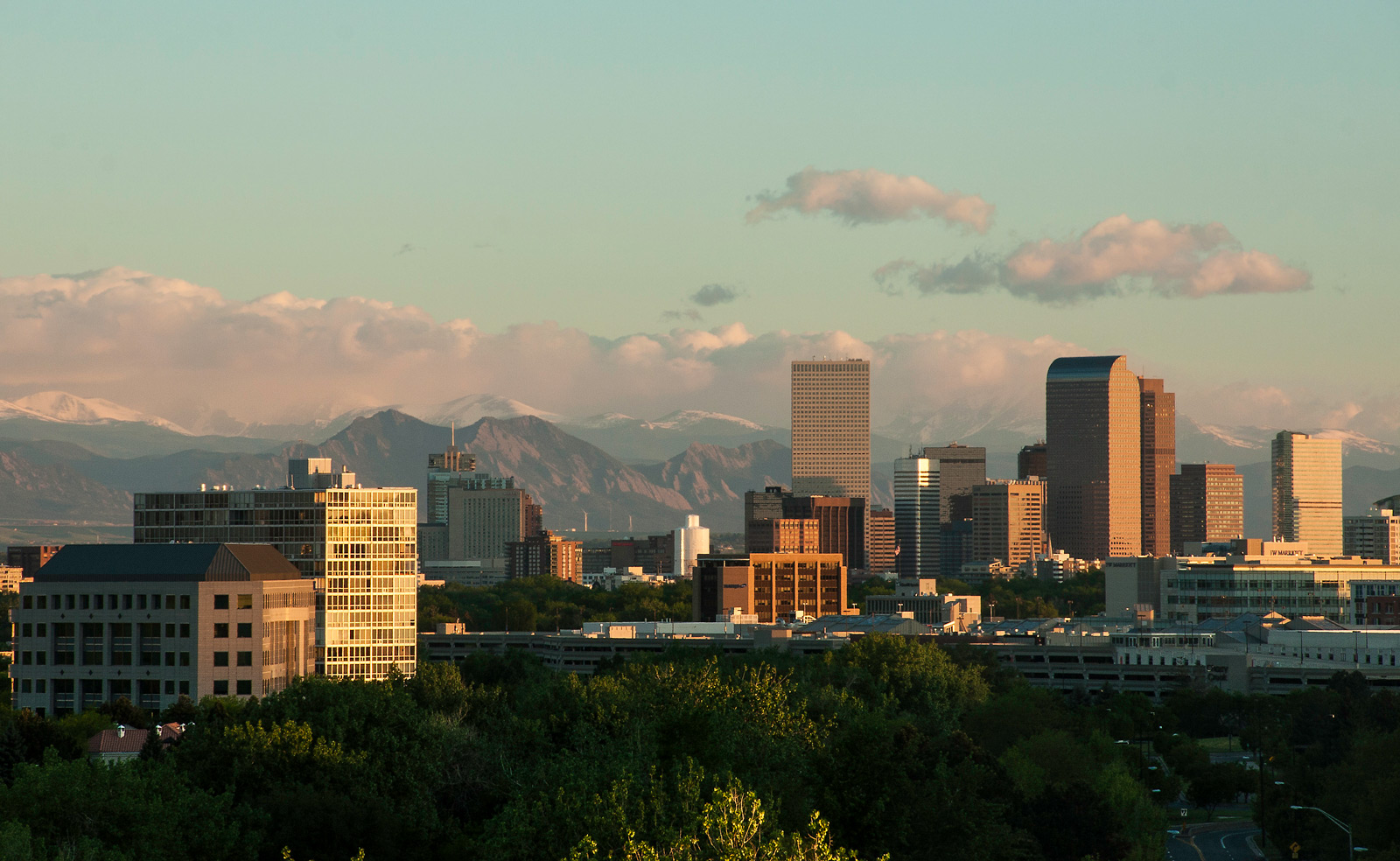The Local newsletter is your free, daily guide to life in Colorado. For locals, by locals.
U.S. News & World Report’s annual list the 100 Best Places to Live in the USA was released this week, and Denver should be celebrating the results. This year, the Mile High City dropped from the top spot to number two, falling below Austin, Texas, but ranking above San Jose, California; Washington D.C.; and Fayetteville, Arkansas.
Why should Denverites celebrate being taken down a peg? We don’t often put much stock in these types of lists—after all, we already know that Denver is a great place to live—but perhaps a drop in ranking is good news for a city that’s been squeezed by growing pains. Or maybe that’s just wishful thinking.

The annual list ranks cities based on quality of life, job market, value, and people’s desire to live there. As to the last point, just look at Denver’s (and Colorado’s) massive growth to see that our fair city is a sought-after home base. The Mile High City is consistently named among the fastest-growing metros in the nation, with a population of more than 2.7 million. And according to a U.S. Census Bureau report, Colorado ranks seventh among the states for population growth from 2015 to 2016.
U.S. News & World Report gave Denver an overall score of 7.5 out of 10 on this year’s report. We received high marks on desirability (naturally) at 8.4, net migration at 8.1, and job market at 8.0. For value, we got a score of 7.2, and quality of life (which includes crime rates, quality and availability of health care, quality of education, well-being, and the commuter index) came in at 6.8—somewhat surprising considering that Coloradans are often touted as some of the healthiest and happiest citizens in the U.S.
According the report, Denver has a median age of 36.1, a 3.2 percent unemployment rate, and a median home price of $314,021. And to those complaining about your morning commute, the average transit time actually comes in a mere 1.3 minutes higher than the national average, at 27.2 minutes.
In a state known for its sunshine, mountains, Wild West history, and of course, legal marijuana, it makes sense that people love to visit. But why stay? 5280 provides readers with a plethora of reasons, but it’s likely the 5,000 acres of parks, burgeoning arts scene, young population, the nearly 100 breweries, mild climate, the high volume of tech jobs, and any of the others perks that this report lists.
In upcoming years, Denver’s population growth is not necessarily going to halt, but the city and its citizens can continue to find solutions to its pitfalls. The Denver Regional Council of Governments has already started developing plans to create a growth boundary, as well as guidelines for mixed-use development and land usage in their Metro Vision plan, which outlines goals for growth and development to the year 2040.
Until then, I’ll raise my glass–filled with one of Denver’s finest craft brews—to the city we all know and love.








